Tags: James Webb Space Telescope

James Webb Space Telescope Captures Its First Image of Saturn, Reveals the Glowing Rings of the Gas Giant
James Webb Space Telescope Spotted Starlight From 2 Early Galaxies Host Feeding Supermassive Black Holes

James Webb Space Telescope Captures the Deepest Peek Yet of the Epoch of Reionization in the Universe

James Webb Space Telescope Picks Up Ultra-Faint Galaxy From the Early Universe
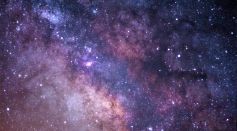
James Webb Space Telescope Detected Complex Molecules in a Galaxy in the Early Universe
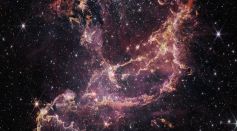
NASA Shares Stunning Cosmic Wonders Captured by James Webb Space Telescope and Chandra X-Ray Observatory

James Webb Space Telescope Detects Water Vapor in the Asteroid Belt, Confirming the Origin of Oceans on Earth

James Webb Space Telescope Takes Its First Up-Close Look at the Mysterious Atmosphere of a Mini-Neptune Exoplanet
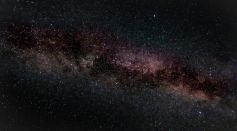
Mysterious Streak of Stars Might Be a Flat Galaxy and Not a Runaway Black Hole, New Study Suggests
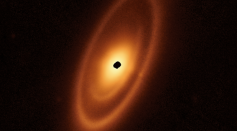
Star 15 Times Brighter Than the Sun Captured in the New Images Shared by NASA's James Webb Space Telescope
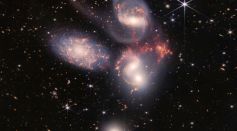
NASA's James Webb Space Telescope Spotted Six Galaxies That Should Not Exist, Challenging Conventional Understanding

Puny Galaxy With Strong Star Formation Power Spotted Through James Webb Space Telescope; What Does This Reveal About How Galaxies Form?

Uranus' Glowing Rings, 27 Moons Captured in First Images Shared by NASA's James Webb Space Telescope
JWST Spots Earliest Supermassive Black Hole 10 Times the Sun’s Mass and Is Still Actively Growing

James Webb Space Telescope Detects No Atmosphere in the Venus-Like Exoplanet Trappist-1B, Blowing Hopes of Extraterrestrial Life
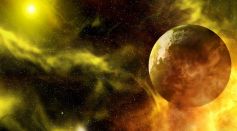
Ultra-Powerful James Webb Telescope Picks Up Dust Storm on a Distant Exoplanet
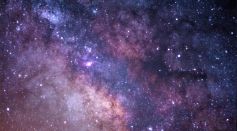
James Webb Space Telescope Eclipsed Hubble’s Previous Record After Capturing 25,000 Galaxies in a Single Image
NASA James Webb Space Telescope Spots Super-Chemically Abundant Galaxy

James Webb Space Telescope Spots 6 Massive Inexplicably Old Galaxies; Discovery Puzzles Astronomers

NASA Activities This Week: Naming Moon Mountain, Collecting Mars Sample; What Other Space Undertaking Makes the List?
Most Popular

Relativity Time Dilation Explained: The Physics of Time and Why It Moves Differently in Space

How AI Is Used in Weather Prediction: Smarter Forecasting Through Machine Learning

How Lightning Science Reveals Why Charged Storms Are Rising with Global Warming Effects

De-Extinction vs. Conservation Science: Which Approach Protects Biodiversity Most Effectively?





